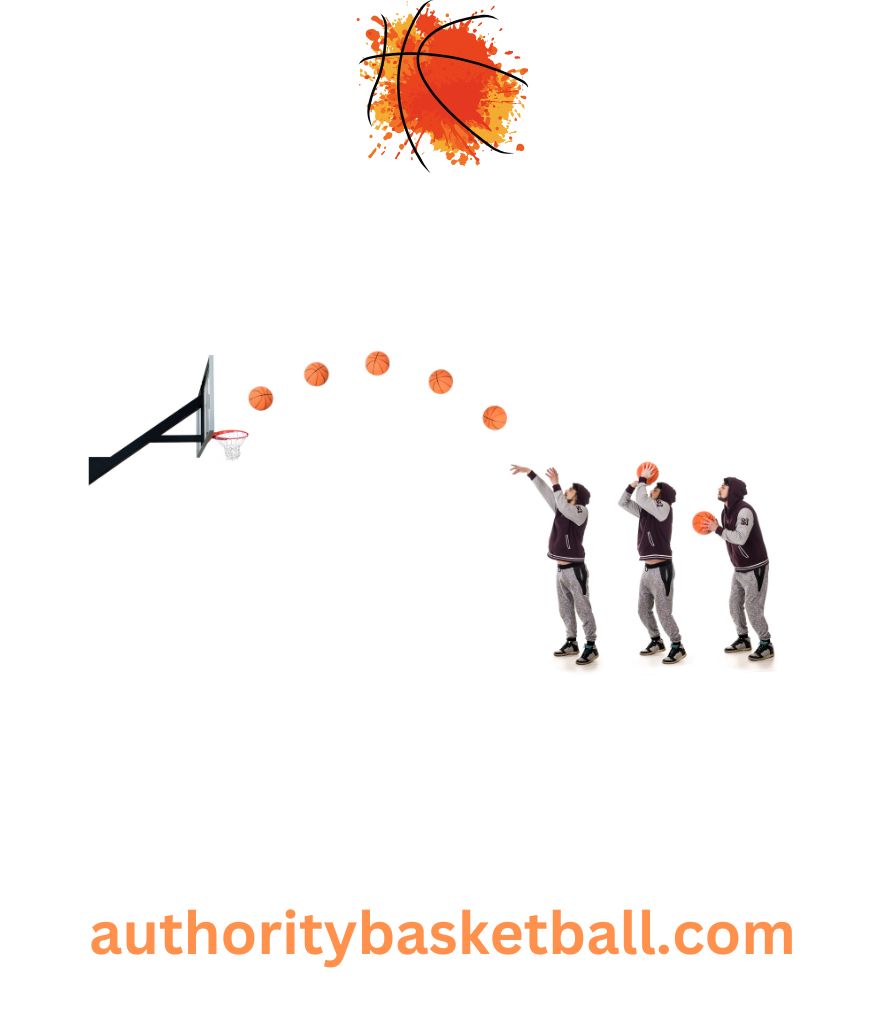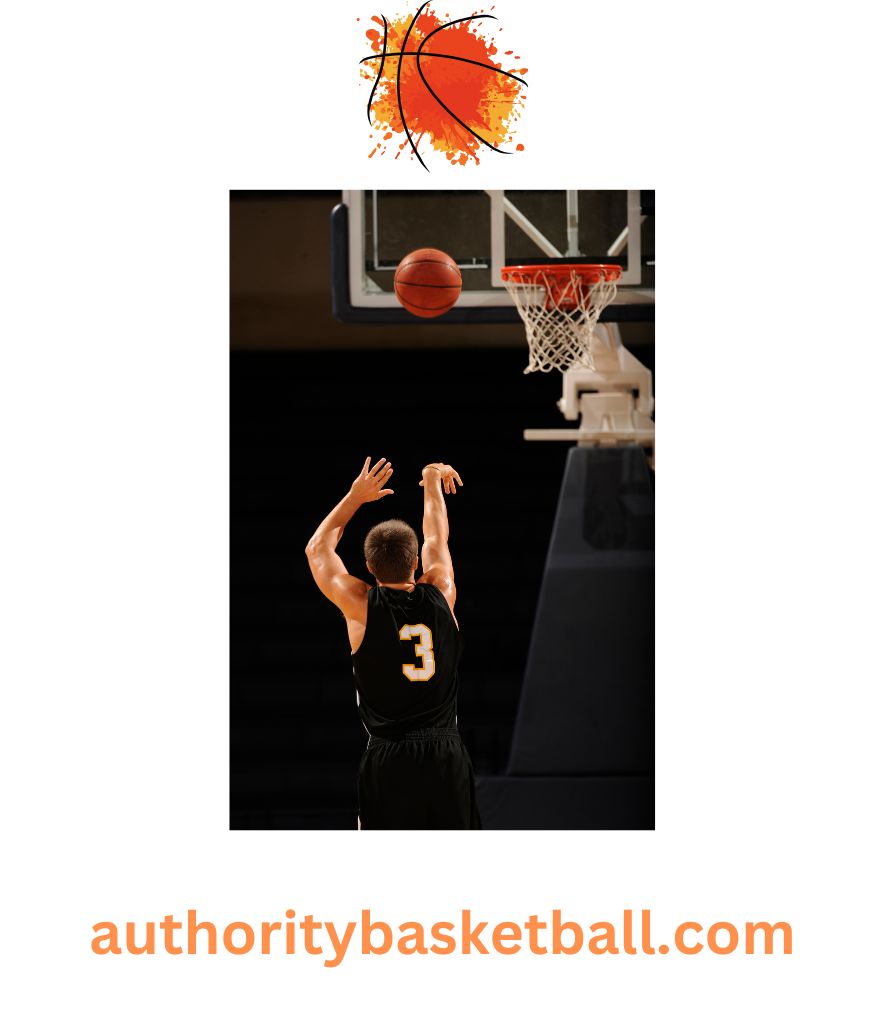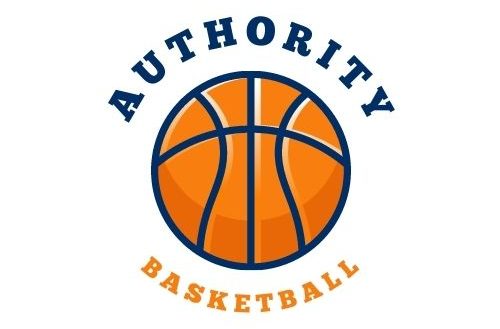The art of playing basketball is a very complex one and requires the combination of a variety of skills in order to perform.
One of the key components of basketball is the free throw.
A free throw is awarded to a player after being fouled by an opposing player.
It usually gives the fouled player a chance to score one point by shooting unassisted from within the free-throw semi-circle and behind the free-throw line.
What happens is that the player is given a specific length of time to accomplish the activity, and they’re required to remain immobile in that space for the entire duration of the shot.
So, that bring us to a common question that gets asked by fans of the sport.
Can a player jump on a free throw?
Well, the answer is actually pretty straightforward…
Players are allowed to jump during a free throw opportunity, provided that they don’t leave the designated shooting area at any point during the play. The shooter has to release the basketball within ten seconds and mustn’t step over the free throw line until the ball has made contact with the hoop.
Most players simply catch the ball and begin shooting, although some have a short ritual like bouncing it three times or tossing it to themselves before they take the shot.
Read on to learn more about this particular topic.
- What is the NBA free throw rule?
- Reasons why players jump when taking free throws
- What are the advantages of taking a free throw shot without jumping?
- Your center of balance is not being adjusted during the shot.
- You have a much lower risk of accidentally holding on to the ball too long
- Your body movement is more stable
- Final thoughts
What is the NBA free throw rule?
According to the NBA rulebook, the shooter must remain behind the free throw line until the ball touches the rim or backboard.

If the shooter leaves the line early, it’s considered a lane violation, and the opposing team is awarded the ball.
In college basketball however, the rules are slightly different.
The shooter is allowed to step on or over the line, but not into the lane before the ball is released.
Here’s a quote which explains the free throw rule much more succinctly:
The free throw shooter may not step over the plane of the free throw line until the ball touches the basket ring, backboard or the free throw ends.
Source – NBA Official
- PENALTY: This is a violation by the shooter on all free throw attempts and no point can be scored.
Ultimately, shooting free throws is a unique skill that can be difficult to master.
It’s the one skill in the game that I think every player should at least try to be good at, because it’s the one technique that an offensive player has complete control over.

You see, this is because on a free throw there is no movement to counterattack, no need to respond to the defensive strategy of the opposing team, and no adjustment for range.
Reasons why players jump when taking free throws
Although you don’t often see NBA professionals jumping on free throws, you may come across the casual player leaping up during these moments.
Why do some people choose to do this?
Well, here are a few explanations…
1. Adding shot power
With a jump, you’re somehow able to get more of a forward lift on the basketball as you try to throw it towards the hoop.

It would be quite embarrassing if you attempted a free throw without jumping, only to see the ball fall quite short of where the hoop is at.
Queue people screaming “air ball” at you and that opens the floodgates for a poor overall performance during the rest of the game.
2. Confidence
Some basketball players may feel more confident when they jump while shooting.
This is quite often the case with younger athletes who need a bit of a confidence boost.
3. A force of habit
Jumping while throwing the ball is how most people first learned how to shoot in basketball, so it ultimately becomes a habit for some over time.

Players may already be able to shoot free throws at a standstill but choose to jump because they have been practicing that method for quite a while.
So, they simply don’t see the need to or want to switch towards a standing shot type due to the fear of missing more shots which may come with the unfamiliarity of trying a new technique.
What are the advantages of taking a free throw shot without jumping?
There are quite a couple to be quite honest!
Let’s go through each one in turn now.
Your center of balance is not being adjusted during the shot.
When you jump, your body is forced to compensate for all of the changes in inertia and positioning, which can push your center of balance off and generally just make the shot more complicated.
You have a much lower risk of accidentally holding on to the ball too long
It’s not uncommon to see violations from players who jump at the very end of their time but don’t release the ball until the peak of their jump a second later.
Your body movement is more stable
Even if you are practiced, fit, and a killer player on your A-game, the fact remains: your entire body and shooting posture are much more stable and grounded if you don’t jump.
Why introduce the added risk of a jump to destabilize your aim?
The best way to break the habit of jumping during your free throws is to practice.
This strengthens your arms and prevents you from jumping every time you reach the finish line.
It won’t be long until shooting free throws without jumping feels more natural.
Have a look at the following video clip which showcases professionals of this sport executing marvellous free throws:
Perhaps that will give you some motivation to improve your free throw shooting form!
Final thoughts
In conclusion, jumping on a free throw is permitted so long as your body or feet don’t cross or land on the free throw line whilst making the shot.
It’s usually rare to see professional players jump on free throw attempts – particularly in the NBA – as introducing jumping into the shooting manoeuvre only complicates the process.
Ultimately, the best way to make sure a free throw succeeds without any incident is to remain as still and focused as possible.
If you’ve enjoyed reading through this post explaining one of the rules of the sport, then you might also like the look of our articles on:
- How basketball games begin;
- The meaning of APG in basketball;
- What a foul in basketball is; and
- Whether basketball is a contact sport
- The Most Popular Prop Bets Made During the NCAA Final Four Tournament - February 9, 2024
- Evaluating the Enigma: Does LeBron James Possess a No-Trade Clause? - May 16, 2023
- Gravity’s Dance: Unveiling the Art of Bouncing Basketballs - May 16, 2023
